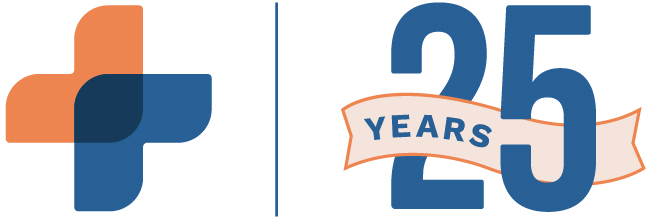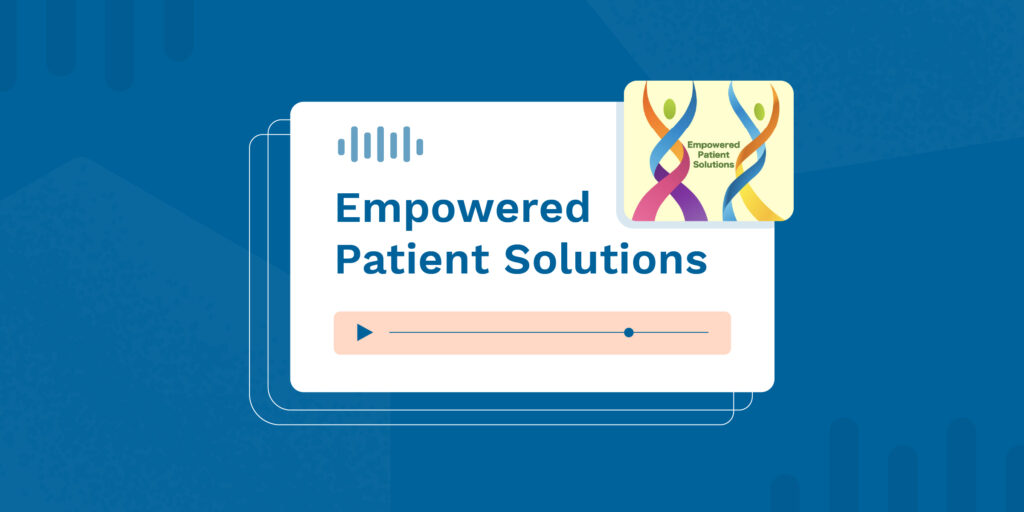Electronic Health Records (EHRs) help practices enhance patient care, improve the accuracy of notes, and optimize workflows. One of the greatest benefits of EHRs is the ability to accelerate clinical documentation while increasing its accuracy, with The Office of the National Coordinator for Health Information Technology (ONC) stating that “Administrative tasks, such as filling out forms and processing billing requests, represent a significant percentage of healthcare costs. EHRs can increase practice efficiencies by streamlining these tasks, [and] significantly decreasing costs.” Practices can improve charting productivity by selecting an EHR system with the five best essential features below.
What Are the 5 Best EHR Features Needed for Efficiency & Productivity?
1. Real-Time Insurance Eligibility Verification
Verifying insurance eligibility is one of the most important tasks performed by office staff prior to patient visits. The traditional route of doing so is time-consuming and tedious. Patients must provide their information on paper forms, and then staff must connect with insurance companies by phone or fax to verify eligibility. This process can often lead to long wait times, disgruntled patients, and dissatisfied employees.
Fortunately, there’s a better way. Directly within your EMR, you can verify coverage with Medicare, Medicaid, and private insurance carriers. EHRs equipped with real-time insurance eligibility verification integrate directly with insurance carriers through an API. This integration allows staff to check eligibility within the EHR by sharing patient information with the insurance carrier. Verification now takes only a matter of seconds.
2. Direct Integration of EPCS and PDMP Tools for Prescriptions
In order to combat the opioid epidemic and prioritize patient safety, many states have created Prescription Drug Monitoring Programs (PDMPs). These electronic databases track controlled substance prescriptions in a given state so providers and pharmacies can better monitor a patient’s medication history. However, research indicates that only 57% of healthcare providers have ever used PDMP data to inform prescribing decisions, and fewer than 1 in 5 providers use a PDMP with each prescription.
Having to access a separate database can disrupt workflows and slow down provider productivity. An EHR with direct access to a PDMP can help providers overcome this hurdle and better safeguard patients. Ideally, this feature will also be connected to electronic prescribing to increase efficiency across all key practice workflows and meet both federal and state-level Every Prescription Conveyed Securely (ECPS) mandates.
3. Customizable Encounter Templates (Smart Forms) for Cleaner Clinical Notes
Clinical notes are critical to properly documenting patient interactions, treatments, diagnoses, procedures, and related codes. Providers can use encounter templates or smart forms to streamline workflows related to clinical notes. Smart forms use automation to facilitate faster, more accurate clinical documentation.
To improve charting productivity in EHRs, providers can use customizable smart forms or create templates specific to their practices. These customizable templates may be based on a given specialty, procedure, or patient condition. Ideally, they will integrate directly with EMR and E-Prescribing software so patient information can be stored in a single, convenient location.
Smart forms streamline workflows outside of patient visits, such as invoicing and billing. There is less of a risk of human error, which allows for cleaner notes, more accurate coding, and faster claims processing.
4. Macros and Short Keys That Increase Speed and Accuracy of Documentation
Both macros and short keys enhance the efficiency of smart forms. As an example, macros are essentially sub-templates for clinical encounter templates, which can pre-fill text and selections for each smart form. These forms can then be customized to each patient visit.
Through the use of short keys, providers and staff can add common text blocks to encounter templates. This feature allows you to automatically populate text into textboxes. EHRs with macros and short keys help increase the speed at which notes are captured and ensure that critical information is captured.
5. Enhanced Electronic Prior Authorizations (ePA)
Electronic prior authorization is one of the many ways EHR systems improve the quality of care for patients. Instead of manually filling prior authorization requests, providers can streamline the process with an electronic prior authorization feature in their EMR system. Automating this workflow allows providers to automatically initiate prior authorizations for any prescriptions that require it and pre-populate answers through information documented in patient charts as a time-saving measure.
Bonus Feature: A Complete Patient Engagement Portal for PHR
Patients also want convenient access to information captured during visits, important forms, and follow-up results such as laboratory tests. EHRs with patient portals provide patients with secure access to these results, necessary forms, and provider communications in a single location. This improved accessibility is essential to enhancing patient safety and quality of care.
Patient portals also reduce administrative burdens as patients can update information online as needed, communicate with providers, and schedule appointments all from one location rather than calling the office. In fact, EMRs are shown to reduce the overall rate of after-hours clinic calls. A patient portal can help you bring the benefits of EMRs to your patient engagement strategy.
How to Choose The Right EHR Software For Your Practice?
A proper electronic health record system (EHR) can help increase practice efficiencies and cost savings, but it needs some essential features to be truly effective. With hundreds of EHRs and EMRs on the healthcare market in 2023, choosing one can be tough. Make sure you evaluate the EHR/EMRs complete feature set and understand how upfront costs, maintenance costs, and add-ons will impact your budget.
RXNT’s affordable Electronic Health Records (EHR) software has all of the essential features above, improving patient care and streamlining clinical management for your practice. Medical staff can share clinical data securely and issue electronic referrals, prescriptions, and lab orders, as well as receive results directly within patients’ medical charts. With single sign-on (SSO) for multiple locations, access patient health and prescription history at the point-of-care, schedule patients and providers, and request and review lab or imaging orders. Patients benefit from the PHR Patient Portal, check-in features, electronic prescribing, and referrals. RXNT is EPCS-certified, PDMP-integrated, Surescripts-certified, HIPAA-compliant, and supports MACRA and MIPS.





